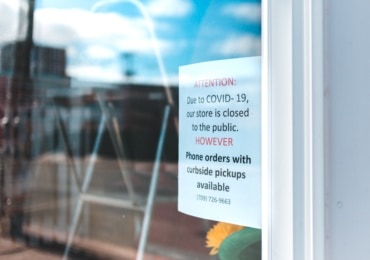Bill C-46 criminalizes marijuana-impaired driving. As mentioned in previous posts, using cannabis prior to driving will leave you facing significant and expensive penalties. Being in a parked car or pulling over prior to consumption does not negate this effect. Additionally, amendments have been made to the Motor Vehicle Act in an attempt to lessen the amount of drug-impaired drivers. These include:
- The 90-day Administrative Driving Prohibition (ADP) for individuals who may be driving while affected by drugs or alcohol. This will be evaluated by a specially trained police drug recognition expert (DRE).
- New drivers who are still in the Graduated Licensing Program (GLP) are subject to a zero-tolerance restriction for THC.
Furthermore, as stated by the Department of Justice, the regulation that came into force on June 26, 2018 prohibits the following levels of THC:
- at or over 2 ng (nanograms) but under 5 ng of THC per milliliter (ml) of blood for the straight summary conviction offence.
- at or over 5 ng of THC per ml of blood for the drug-alone hybrid offence.
- at or over 2.5 ng of THC per ml of blood combined with 50 mg of alcohol per 100 ml of blood for the drugs-with-alcohol hybrid offence.
Although these legislations are intended to minimize impaired drivers and promote safety in our roadways, small businesses are negatively impacted. More specifically, those that are dependent on driving and transportation.
Currently, there is no conclusive method of determining the level of impairment pertaining to blood alcohol concentrations of THC. Essentially, unlike alcohol, marijuana affects people in an inconsistent manner, thus making it difficult to measure its exact impact on behaviour. Additionally, marijuana is stored in one’s body for several weeks after use, long after the effects are felt by the user. Therefore, urine sampling and blood tests may not accurately present substantial evidence of impairment. These two factors ultimately present areas for consideration when discussing per se limits for marijuana use in Canada.
Where Do Small Businesses Come In?
The imposition of per se limits for marijuana use impacts small businesses that are heavily involved with the trucking and driving industry. The introduction of random roadside testing, including saliva and breath testing, may capture individuals who are not impaired nor pose a risk on our roadways. Many are proposing that THC concentrations should be regulated for truck drivers and even going so far as to propose zero-tolerance. What happens to the drivers? They will lose their livelihoods and their jobs. In turn, companies will lose employees and also face difficulties during their hiring process.
In British Columbia, this problem is perpetuated even further. Provincial laws authorize police to seize the licenses of drivers and impound their vehicle for 30 days if they refuse to take a roadside breath test. As such, a loss of a company vehicle will without a doubt affect the success and operations of a small business.


